Home>Gardening & Outdoor>Outdoor Entertaining>What Wood To Use For Fire Pit
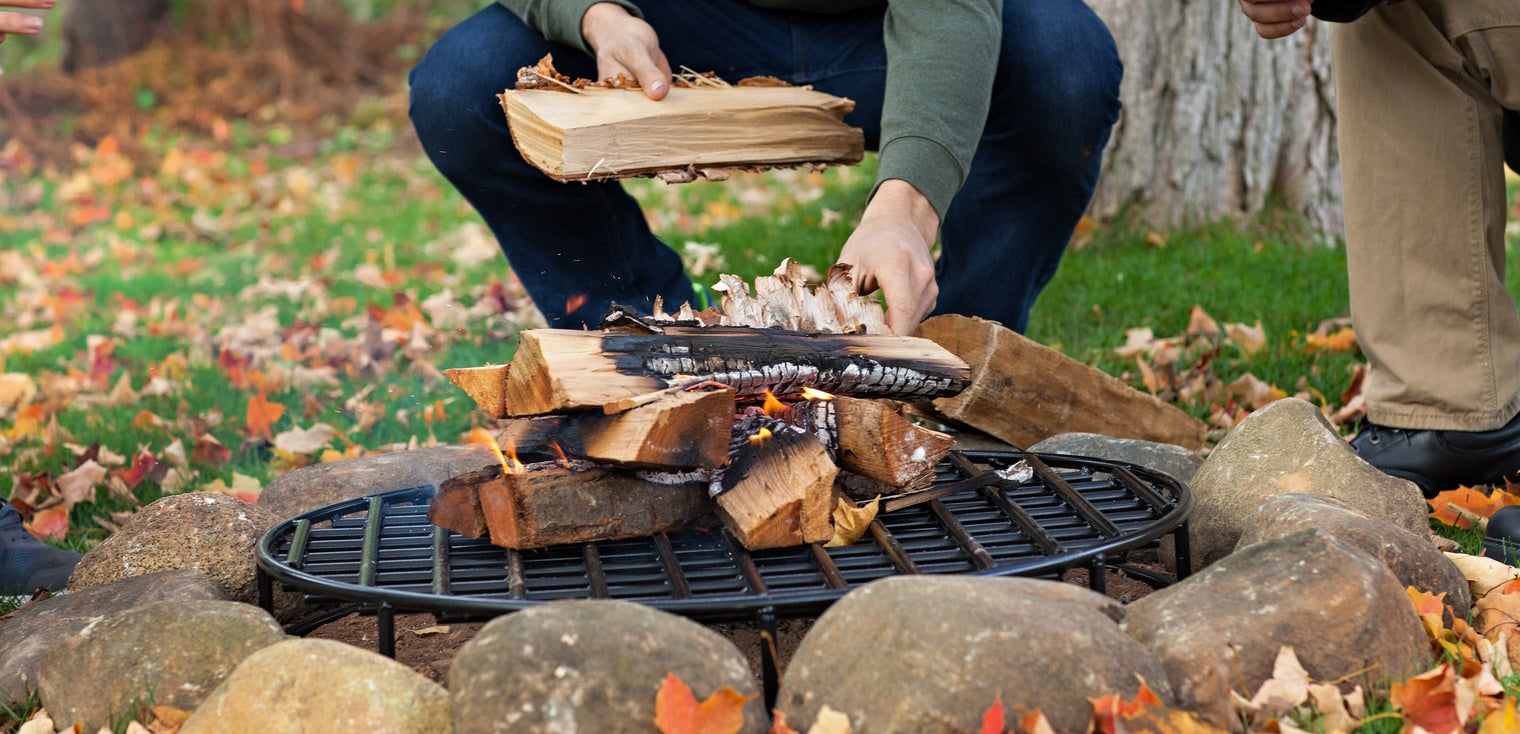

Outdoor Entertaining
What Wood To Use For Fire Pit
Modified: January 15, 2024
Discover the best wood for your outdoor entertaining fire pit. Choose the perfect option for a cozy and enjoyable atmosphere. Ideal for gatherings and relaxation.
(Many of the links in this article redirect to a specific reviewed product. Your purchase of these products through affiliate links helps to generate commission for Storables.com, at no extra cost. Learn more)
Introduction
When it comes to creating a cozy and inviting ambiance for outdoor entertaining, few things rival the crackling warmth of a fire pit. Whether you're hosting a laid-back gathering with friends or simply unwinding after a long day, a well-tended fire pit can be the centerpiece of your outdoor space. However, the type of wood you choose can significantly impact your fire pit experience, influencing everything from the heat output to the aromatic ambiance.
Selecting the right wood for your fire pit is crucial for both safety and enjoyment. Different types of wood burn differently, producing varying levels of heat, smoke, and sparks. Understanding the characteristics of different wood types and knowing which ones to avoid can help you make the most of your outdoor fire feature.
In this guide, we'll delve into the world of fire pit wood, exploring the distinctions between softwood and hardwood, the importance of seasoned versus unseasoned wood, and the types of wood best suited for creating a delightful and safe fire pit experience. By the end of this article, you'll be well-equipped to choose the perfect wood for your fire pit, ensuring memorable gatherings and tranquil evenings under the stars.
Key Takeaways:
- Choose hardwood for long-lasting warmth and minimal smoke in your fire pit. Its steady burn and pleasant aroma create a cozy outdoor atmosphere for gatherings and relaxation.
- Avoid treated or resinous wood for safety and air quality. Opt for seasoned wood for efficient, clean burning and a delightful fire pit experience.
Read more: What Is A Fire Pit Used For
Types of Wood
When it comes to fueling your fire pit, the type of wood you select plays a pivotal role in determining the quality of your outdoor fire experience. Broadly speaking, fire pit wood can be categorized into two main types: softwood and hardwood. Each type has distinct characteristics that influence factors such as burn time, heat output, and aroma.
Understanding the differences between softwood and hardwood is essential for making an informed choice when it comes to selecting the ideal fuel for your fire pit. Let’s explore the unique attributes of each wood type and how they can impact your outdoor entertaining endeavors.
- Softwood: Softwood, derived from coniferous trees such as pine, cedar, and fir, is known for its quick ignition and high resin content. While softwood burns relatively fast compared to hardwood, it tends to produce a vibrant, crackling flame that imparts a pleasant aroma to the surrounding area. Due to its rapid combustion, softwood is ideal for kindling and quickly establishing a fire in your pit.
- Hardwood: Hardwood, sourced from deciduous trees like oak, maple, and hickory, is prized for its dense composition and slow, enduring burn. Hardwood logs typically yield a long-lasting, steady flame, making them an excellent choice for sustaining warmth during extended outdoor gatherings. Additionally, hardwood tends to generate less smoke than softwood, contributing to a clearer, more enjoyable atmosphere around the fire pit.
By familiarizing yourself with the characteristics of softwood and hardwood, you can make an informed decision based on your specific fire pit needs, whether you prioritize quick ignition, enduring heat, or minimal smoke production.
Softwood
Softwood, derived from coniferous trees such as pine, cedar, and fir, offers unique qualities that make it a popular choice for fueling fire pits. One of the key characteristics of softwood is its quick ignition, making it an excellent option for kindling and starting a fire in your outdoor pit. The high resin content in softwood contributes to its rapid combustion, resulting in a vibrant, crackling flame that adds to the overall ambiance of your outdoor space.
While softwood burns relatively fast compared to hardwood, it is valued for its ability to create an immediate and lively fire, perfect for warming up chilly evenings or setting the mood for social gatherings. The energetic flames produced by softwood can serve as a captivating focal point, drawing guests together and fostering a convivial atmosphere.
Another notable characteristic of softwood is its aromatic properties. When burned, softwood releases a pleasant, woodsy fragrance that can enhance the sensory experience of your outdoor environment. The alluring scent of burning softwood adds an extra dimension to your fire pit gatherings, creating a cozy and inviting ambiance that lingers in the air.
It’s important to note that while softwood offers rapid ignition and a delightful aroma, it burns relatively quickly compared to hardwood. As a result, it may require more frequent replenishment in the fire pit, especially during longer gatherings. However, when used strategically in combination with hardwood, softwood can contribute to the initial kindling and lively flames before transitioning to hardwood for sustained warmth and enduring burn.
By understanding the unique qualities of softwood, such as its quick ignition, lively flames, and aromatic allure, you can make informed decisions when selecting the ideal wood for your fire pit, ensuring memorable and enjoyable outdoor experiences for you and your guests.
Hardwood
Hardwood, sourced from deciduous trees such as oak, maple, and hickory, possesses distinct qualities that make it a sought-after choice for fueling fire pits. One of the defining characteristics of hardwood is its dense composition, which contributes to its slow and enduring burn. When ignited, hardwood logs yield a long-lasting, steady flame that provides sustained warmth, making them an excellent option for extended outdoor gatherings.
Compared to softwood, hardwood burns at a slower pace, offering a consistent and reliable source of heat for your fire pit. This enduring burn is particularly advantageous for maintaining a comfortable and inviting atmosphere during leisurely evenings or social events, allowing you and your guests to bask in the gentle glow and warmth of the fire.
Another notable benefit of hardwood is its relatively low smoke production compared to softwood. The cleaner burn of hardwood contributes to a clearer and more enjoyable environment around the fire pit, minimizing the impact of smoke on your outdoor gatherings. This is especially beneficial when hosting guests or simply seeking a tranquil outdoor retreat without the intrusion of excessive smoke.
Beyond its functional attributes, hardwood also offers versatility in terms of the aromas it imparts when burned. Different hardwood varieties can release distinct fragrances, ranging from the sweet and nutty scent of hickory to the rich and earthy aroma of oak. These aromatic nuances can further enhance the sensory experience of your outdoor space, adding an extra layer of ambiance to your fire pit gatherings.
By understanding the enduring burn, minimal smoke production, and aromatic potential of hardwood, you can make informed choices when selecting the ideal wood for your fire pit. Whether you prioritize sustained warmth, a clear and enjoyable atmosphere, or the subtle allure of woodsy fragrances, hardwood provides a versatile and reliable option for enhancing your outdoor entertaining experiences.
When choosing wood for a fire pit, use hardwoods like oak, maple, or hickory. These woods burn hotter and longer, making them ideal for a cozy fire. Avoid softwoods like pine, as they can pop and create sparks.
Seasoned Wood
Seasoned wood, often referred to as “dry” wood, is a crucial consideration when selecting the ideal fuel for your fire pit. This term refers to wood that has been carefully dried to reduce its moisture content, typically through a process of air drying or kiln drying. Seasoned wood offers several distinct advantages that contribute to a more efficient and enjoyable fire pit experience.
One of the primary benefits of seasoned wood is its improved combustion efficiency. By reducing the moisture content, seasoned wood ignites more readily and burns more cleanly compared to unseasoned or green wood. This results in a more efficient use of the wood as fuel, maximizing the heat output and minimizing the production of smoke and creosote, a byproduct of incomplete combustion.
Furthermore, seasoned wood tends to generate a more intense and consistent heat, making it an excellent choice for fueling fire pits. The reduced moisture content allows the wood to burn more steadily and produce a stronger, more enduring flame, providing sustained warmth and comfort during outdoor gatherings. This is particularly advantageous when hosting events or relaxing around the fire pit for extended periods.
Another notable advantage of seasoned wood is its contribution to a cleaner and more pleasant atmosphere around the fire pit. With reduced moisture and enhanced combustion efficiency, seasoned wood produces minimal smoke and emissions, creating a clearer and more enjoyable outdoor environment for you and your guests. This is especially beneficial for individuals who seek to minimize the impact of smoke and maximize the comfort of their outdoor entertaining spaces.
When selecting seasoned wood for your fire pit, it’s essential to ensure that the wood has been properly dried and seasoned to achieve the desired moisture content. Properly seasoned wood typically has a lower moisture content, often falling within the range of 15-20%, though specific recommendations may vary based on the wood species and regional climate conditions.
By choosing seasoned wood for your fire pit, you can optimize the efficiency, heat output, and overall enjoyment of your outdoor fire experiences, creating a welcoming and comfortable environment for gatherings, relaxation, and memorable moments under the stars.
Read more: How To Use A Fire Pit On A Wood Deck
Unseasoned Wood
Unseasoned wood, also known as “green” wood, represents a distinct category of fire pit fuel that differs from seasoned wood in terms of moisture content and combustion characteristics. Unseasoned wood has not undergone the drying process to reduce its moisture content, often retaining a higher level of natural moisture from the tree’s living state. While unseasoned wood presents certain challenges, it also offers unique considerations for those seeking alternative options for their fire pit fuel.
One of the primary characteristics of unseasoned wood is its higher moisture content compared to seasoned wood. The presence of excess moisture can impact the wood’s combustion efficiency, resulting in a slower ignition, increased smoke production, and potentially lower heat output. As a result, unseasoned wood may require more effort to ignite and sustain a consistent flame in the fire pit.
Despite the challenges associated with higher moisture content, unseasoned wood can offer distinctive benefits in certain scenarios. For individuals who have access to freshly cut wood or are seeking a more cost-effective fuel option, unseasoned wood may present a viable choice for their fire pit. Additionally, the slower combustion rate of unseasoned wood can extend the burn time, providing a longer-lasting source of warmth for outdoor gatherings and activities.
It’s important to note that using unseasoned wood in a fire pit may necessitate additional attention and management to ensure optimal performance. Factors such as proper airflow, consistent stoking, and potential adjustments to the fire pit setup may be required to compensate for the higher moisture content and achieve a satisfactory burn. Additionally, the use of unseasoned wood may lead to increased smoke and emissions, impacting the overall air quality and comfort of the outdoor environment.
When considering unseasoned wood for your fire pit, it’s advisable to weigh the potential challenges and benefits based on your specific needs and circumstances. While seasoned wood remains a preferred choice for its enhanced combustion efficiency and cleaner burn, unseasoned wood can serve as a viable alternative for those seeking a cost-effective or readily available fuel source.
By understanding the characteristics of unseasoned wood and its potential impact on fire pit performance, you can make informed decisions when selecting the ideal fuel for your outdoor gatherings, ensuring a comfortable and enjoyable ambiance around the fire pit.
Wood to Avoid
While there are numerous options for fire pit wood, it’s essential to be mindful of certain types of wood that are best avoided due to their potential drawbacks and safety concerns. By understanding which wood varieties to steer clear of, you can prioritize the safety, efficiency, and overall enjoyment of your fire pit experiences, creating a welcoming and secure outdoor environment for yourself and your guests.
One category of wood to avoid is treated or painted wood. This includes wood that has been chemically treated for outdoor use, such as pressure-treated lumber, as well as wood that has been painted or stained. Burning treated or painted wood can release harmful chemicals and toxins into the air, posing health risks to individuals and negatively impacting the surrounding environment. As such, it’s crucial to refrain from using these types of wood as fuel for your fire pit.
Additionally, wood that is excessively resinous or sap-laden, such as certain types of pine, may produce an abundance of sparks and embers when burned, increasing the risk of stray sparks igniting nearby flammable materials. While some softwood varieties are suitable for fire pit use, it’s advisable to exercise caution and avoid highly resinous wood that may pose a heightened fire hazard.
Furthermore, wood that is damp, moldy, or rotted should be avoided for fire pit use. These types of wood can produce excessive smoke, unpleasant odors, and uneven combustion, detracting from the overall quality of the fire pit experience. Additionally, burning damp or moldy wood can release airborne particles and allergens, potentially affecting the respiratory health of individuals in the vicinity.
It’s important to be discerning when sourcing wood for your fire pit, opting for well-seasoned, dry wood from reputable sources to ensure optimal performance and safety. By avoiding treated or painted wood, excessively resinous varieties, and damp or moldy wood, you can prioritize the well-being and comfort of everyone enjoying the warmth and ambiance of your outdoor fire pit.
Conclusion
Choosing the right wood for your fire pit is a crucial element in creating a captivating and enjoyable outdoor environment. By understanding the distinctions between softwood and hardwood, the significance of seasoned versus unseasoned wood, and the types of wood to avoid, you can make informed decisions that enhance the safety, efficiency, and overall ambiance of your fire pit experiences.
Softwood, with its quick ignition and aromatic allure, offers lively flames and a delightful fragrance, making it an excellent choice for kindling and creating an inviting atmosphere. On the other hand, hardwood, known for its enduring burn, minimal smoke production, and aromatic potential, provides sustained warmth and a clearer, more enjoyable environment around the fire pit.
When it comes to seasoned wood, the benefits of improved combustion efficiency, enhanced heat output, and minimal smoke emissions make it a preferred option for fueling fire pits. Seasoned wood contributes to a cleaner and more efficient burn, optimizing the comfort and enjoyment of your outdoor gatherings.
While unseasoned wood presents unique considerations, such as extended burn time and cost-effectiveness, it may require additional attention and management to achieve satisfactory performance in the fire pit. Understanding the characteristics of unseasoned wood can help you make informed choices based on your specific needs and circumstances.
By being mindful of the types of wood to avoid, such as treated or painted wood, excessively resinous varieties, and damp or moldy wood, you can prioritize the safety and well-being of your guests while creating a welcoming and secure outdoor environment around the fire pit.
Ultimately, the careful selection of fire pit wood contributes to the creation of memorable and tranquil moments under the stars, fostering a sense of warmth, camaraderie, and relaxation in your outdoor space. Whether you’re hosting gatherings with friends or seeking a peaceful retreat, the right choice of wood can elevate your fire pit experiences, leaving lasting impressions and cherished memories for years to come.
Frequently Asked Questions about What Wood To Use For Fire Pit
Was this page helpful?
At Storables.com, we guarantee accurate and reliable information. Our content, validated by Expert Board Contributors, is crafted following stringent Editorial Policies. We're committed to providing you with well-researched, expert-backed insights for all your informational needs.
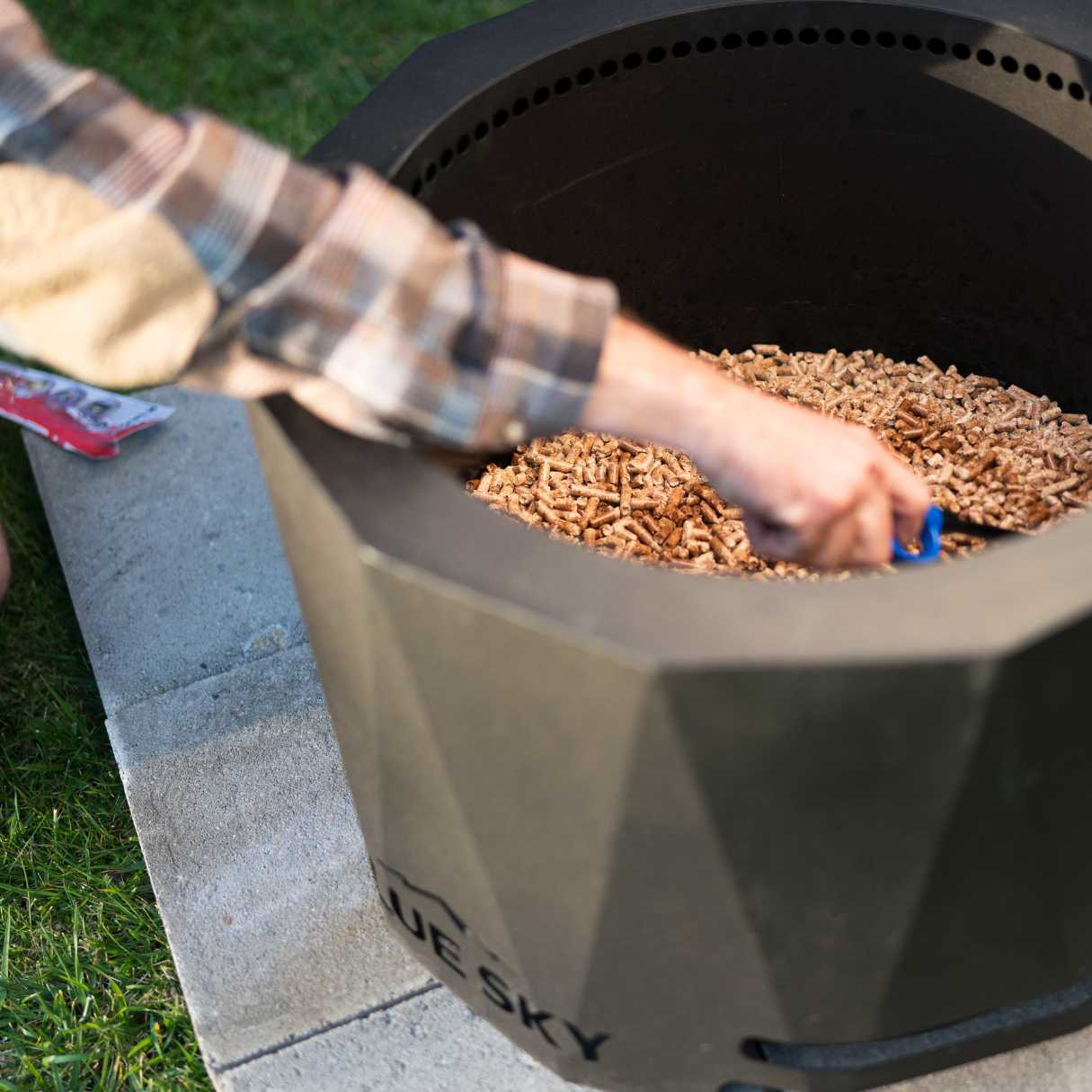
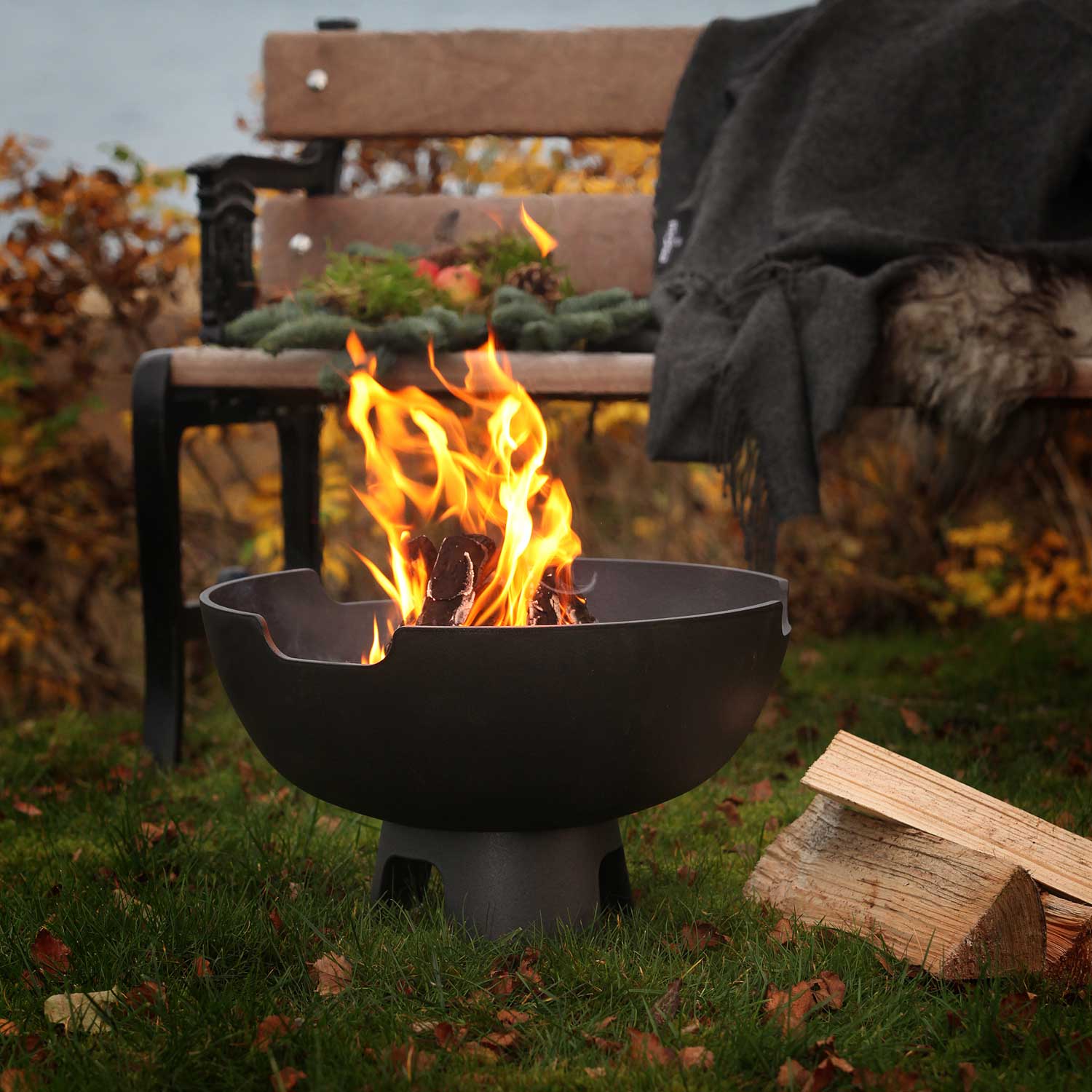
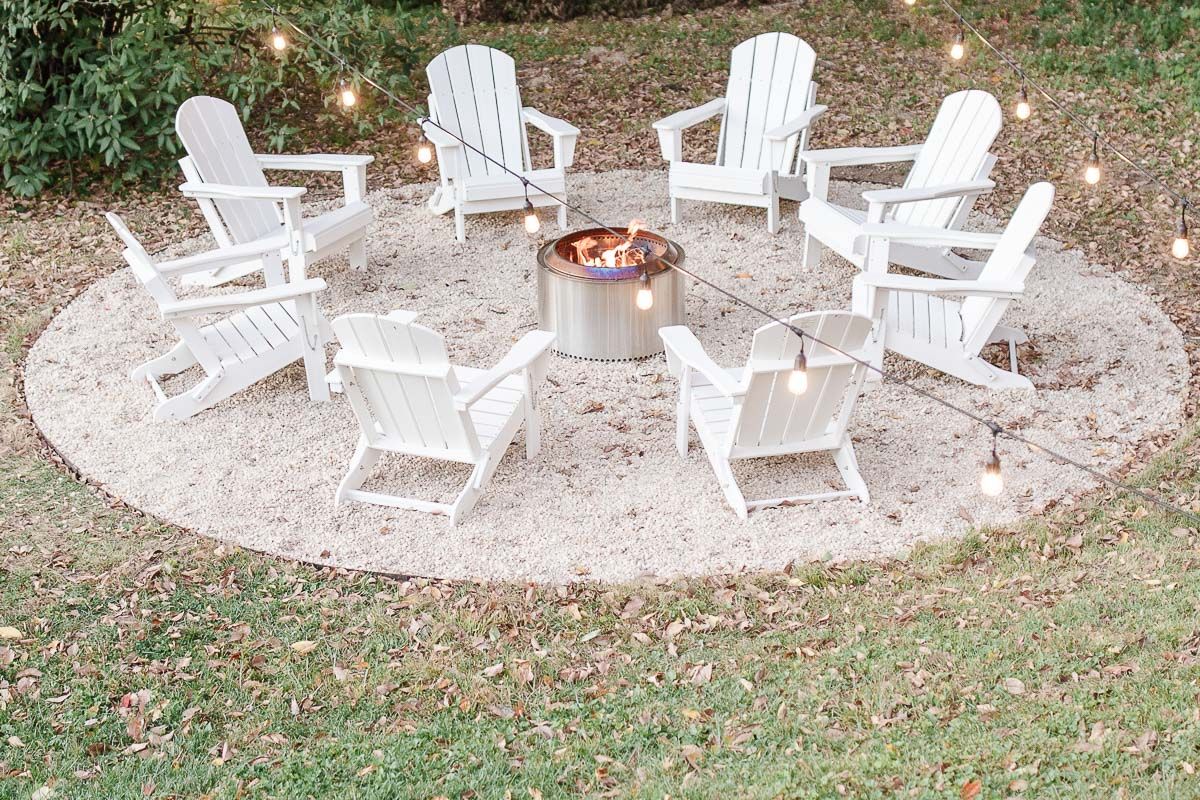
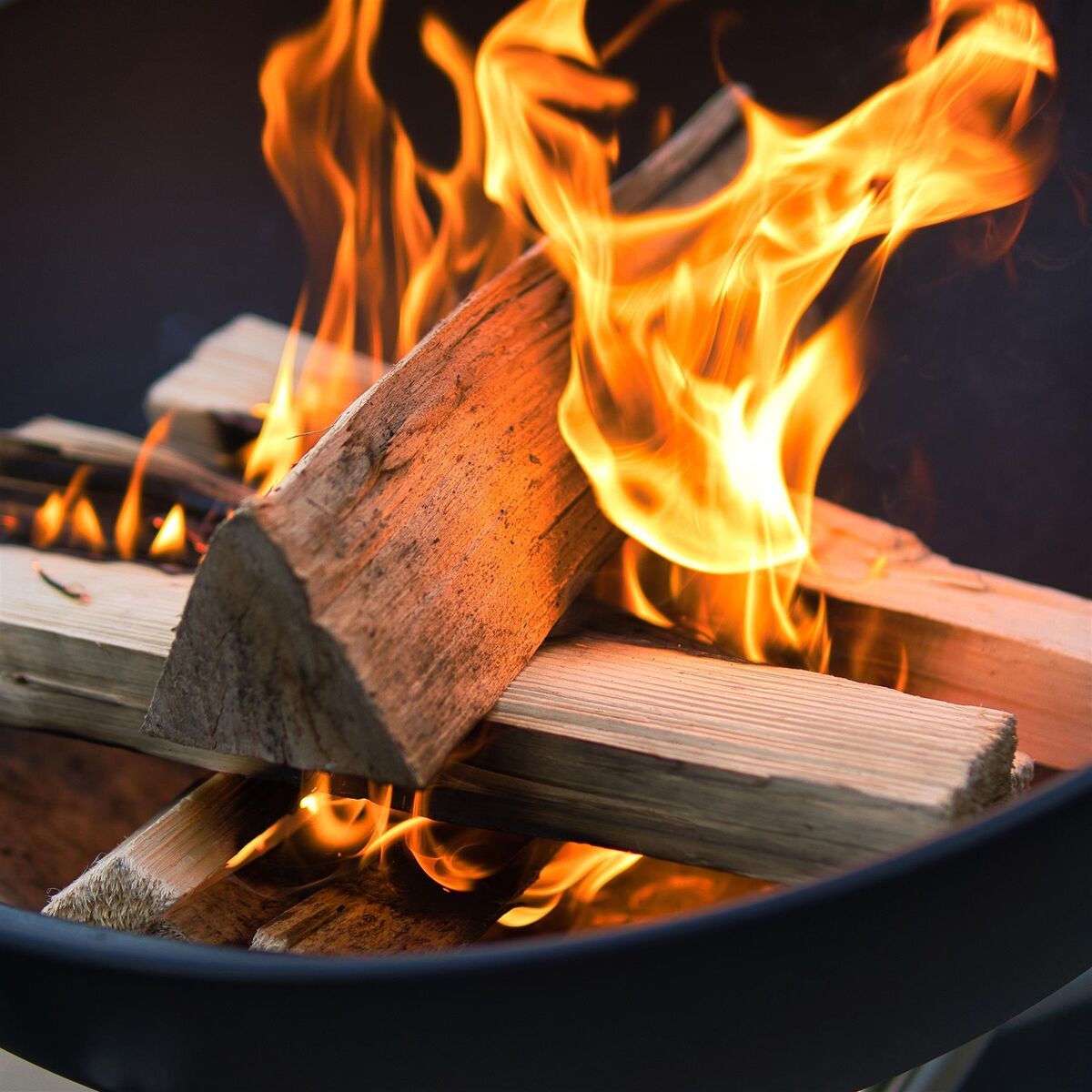
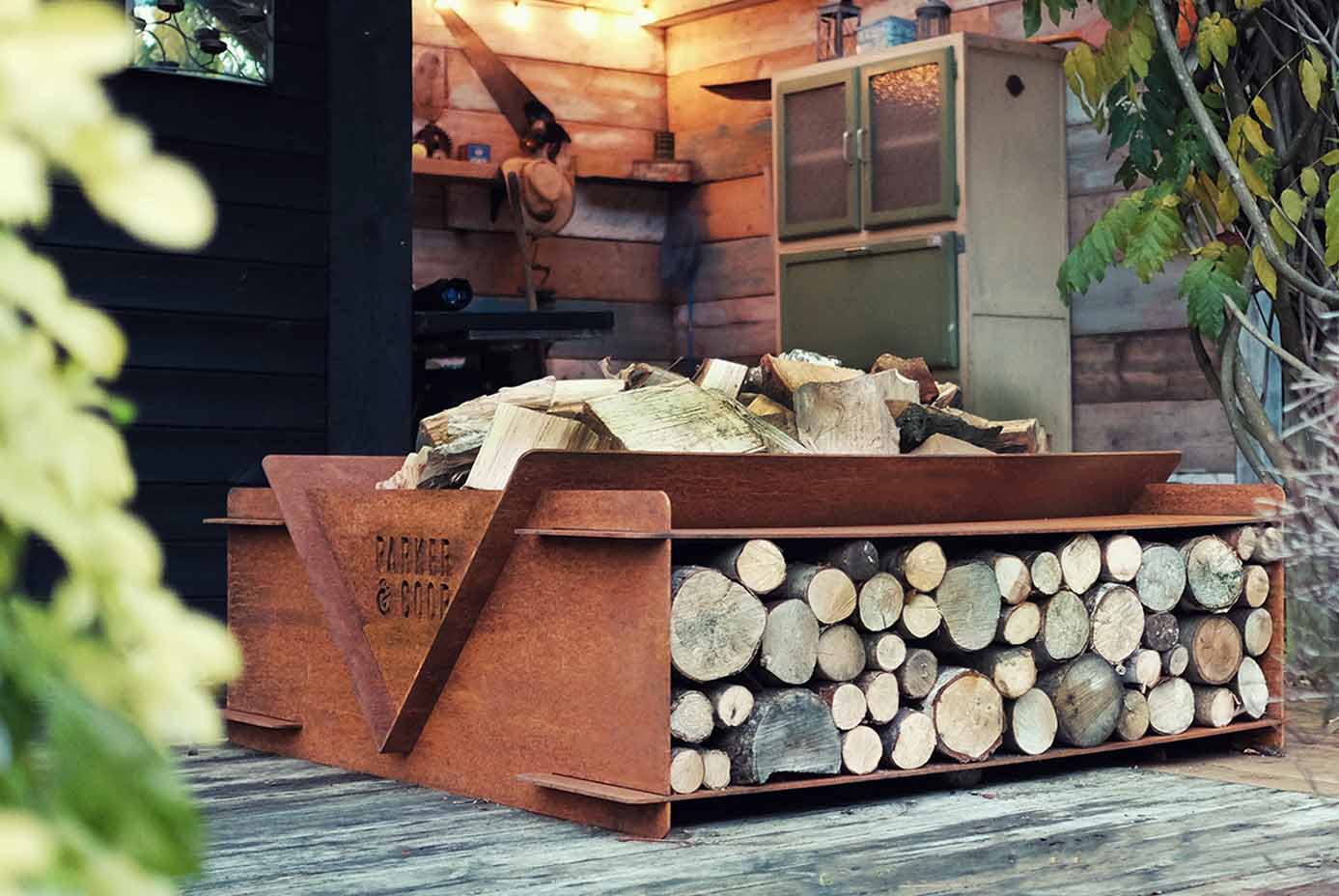
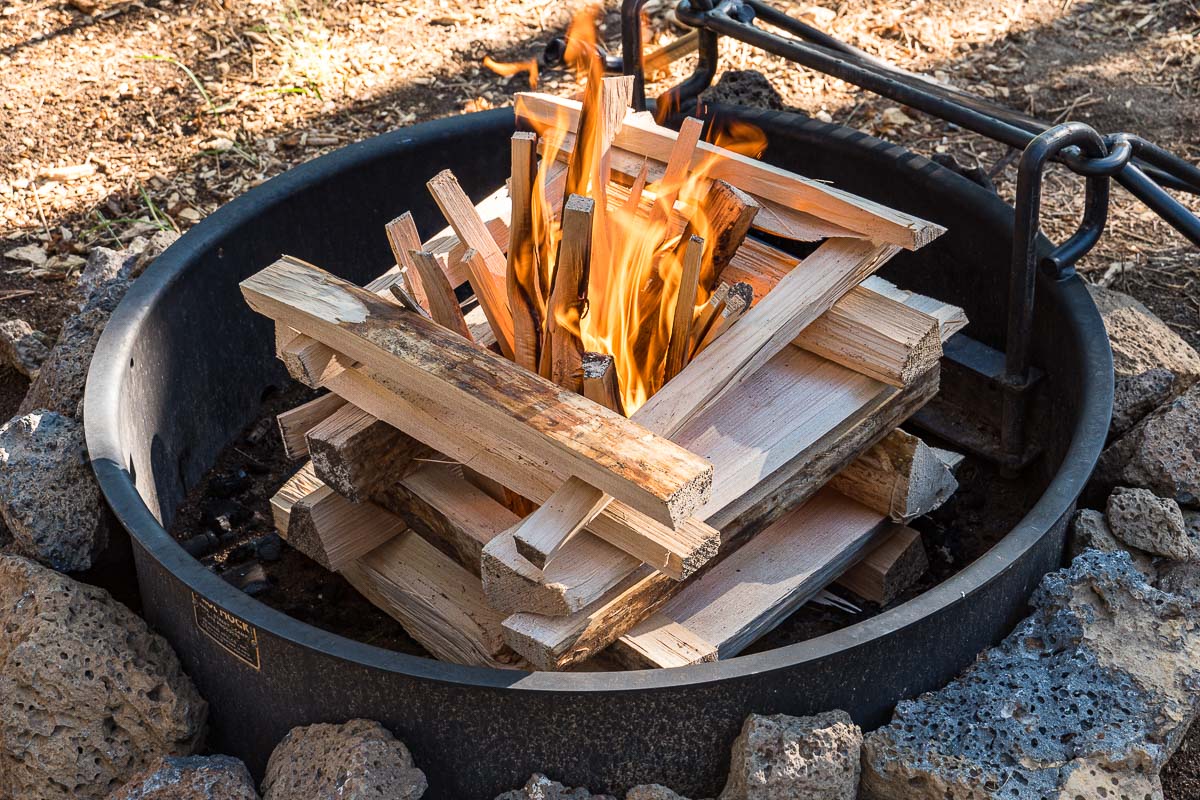
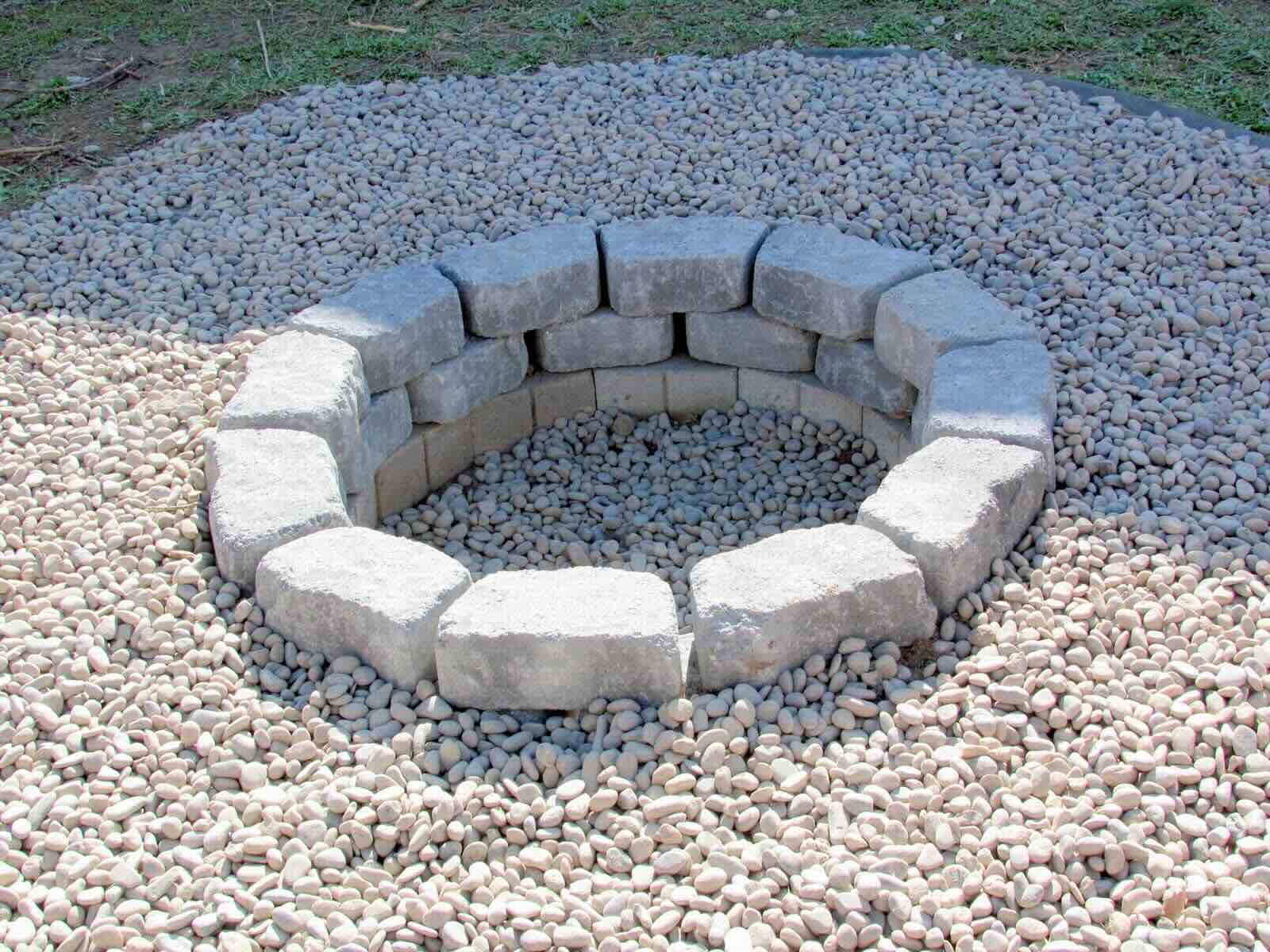
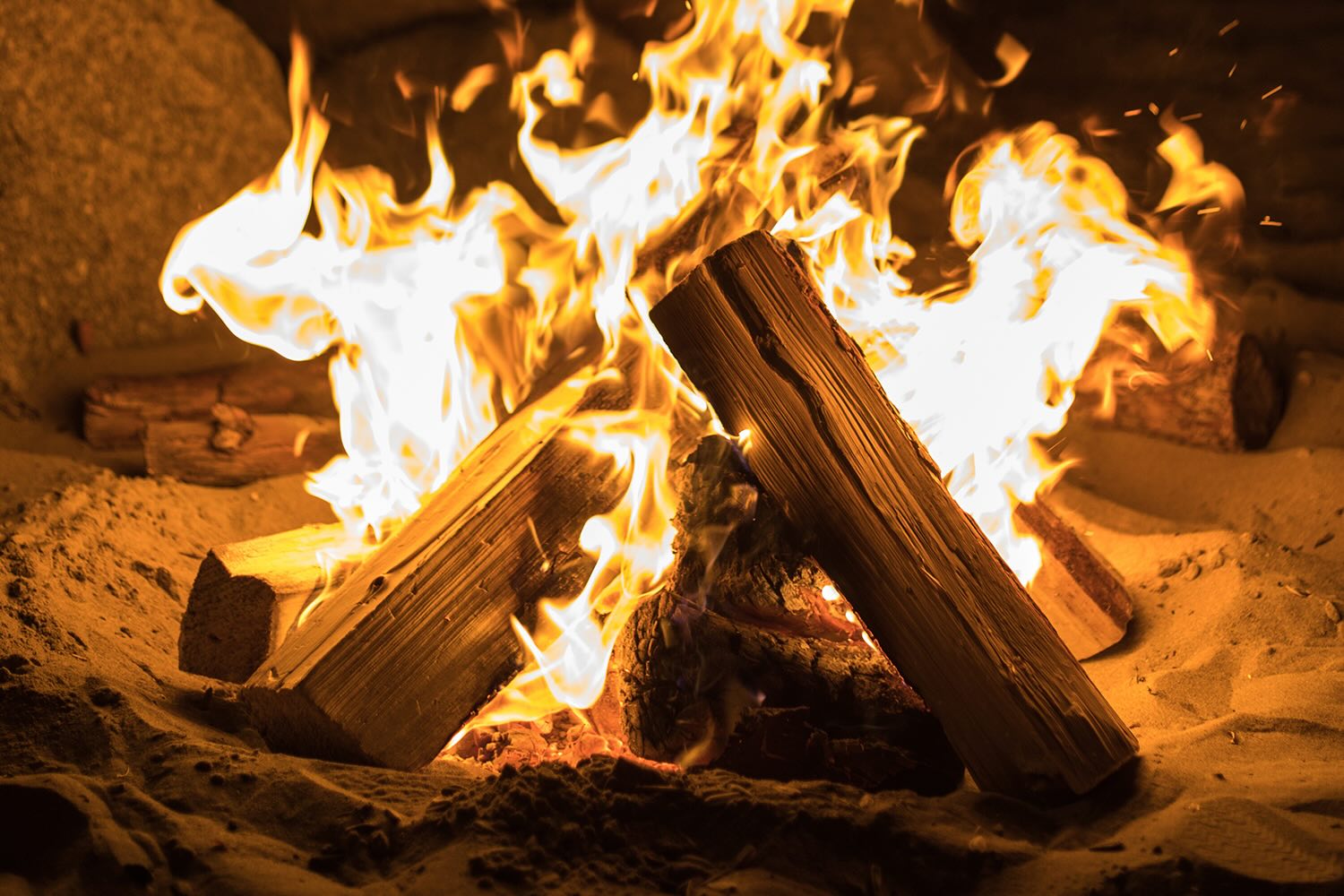
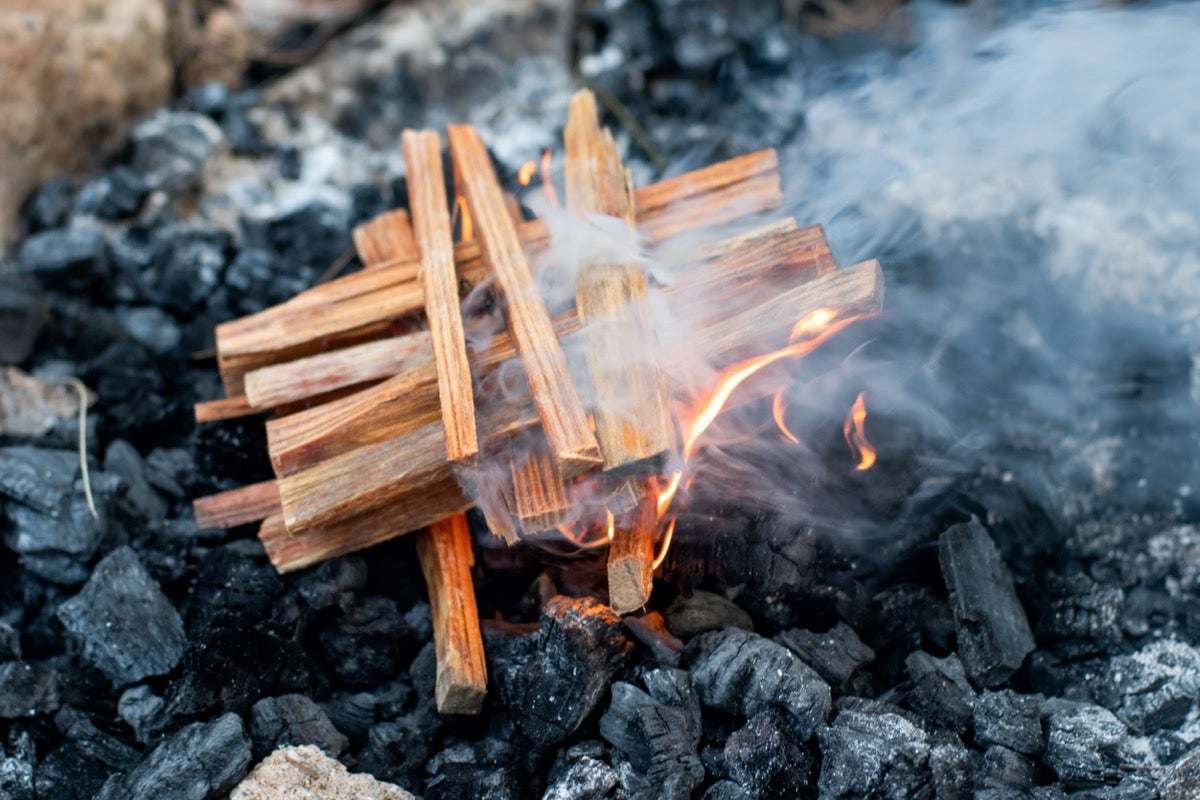
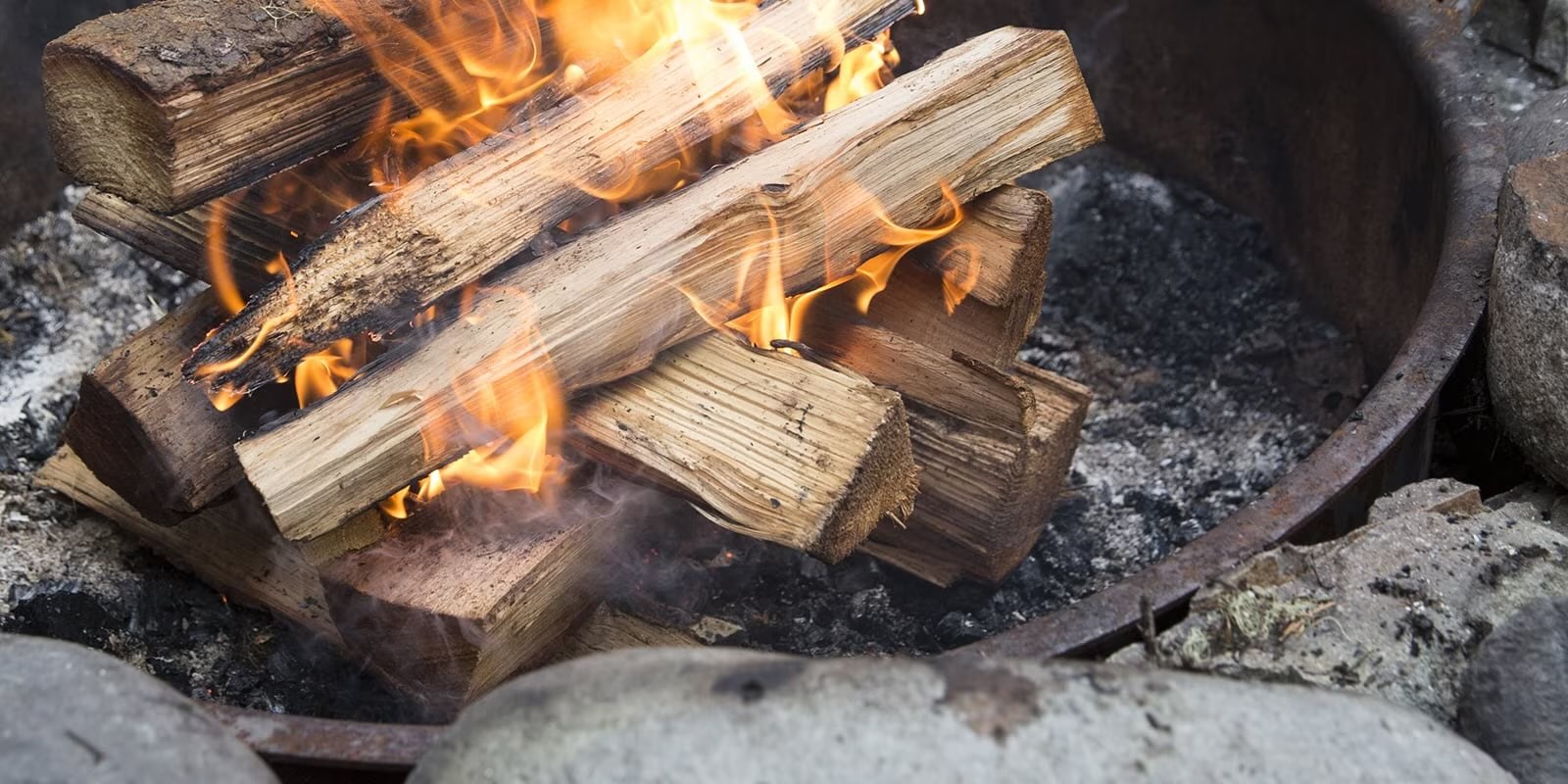
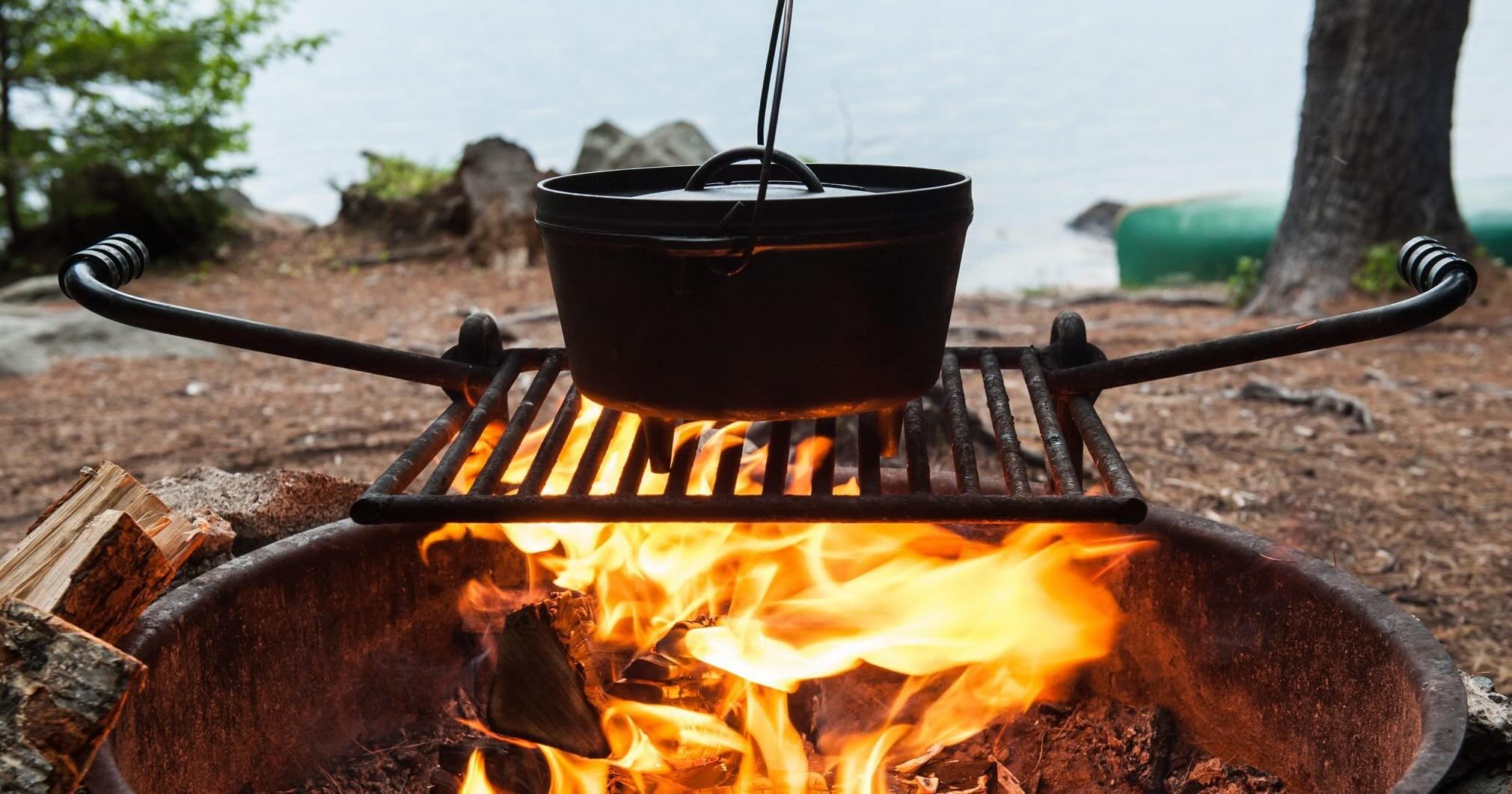
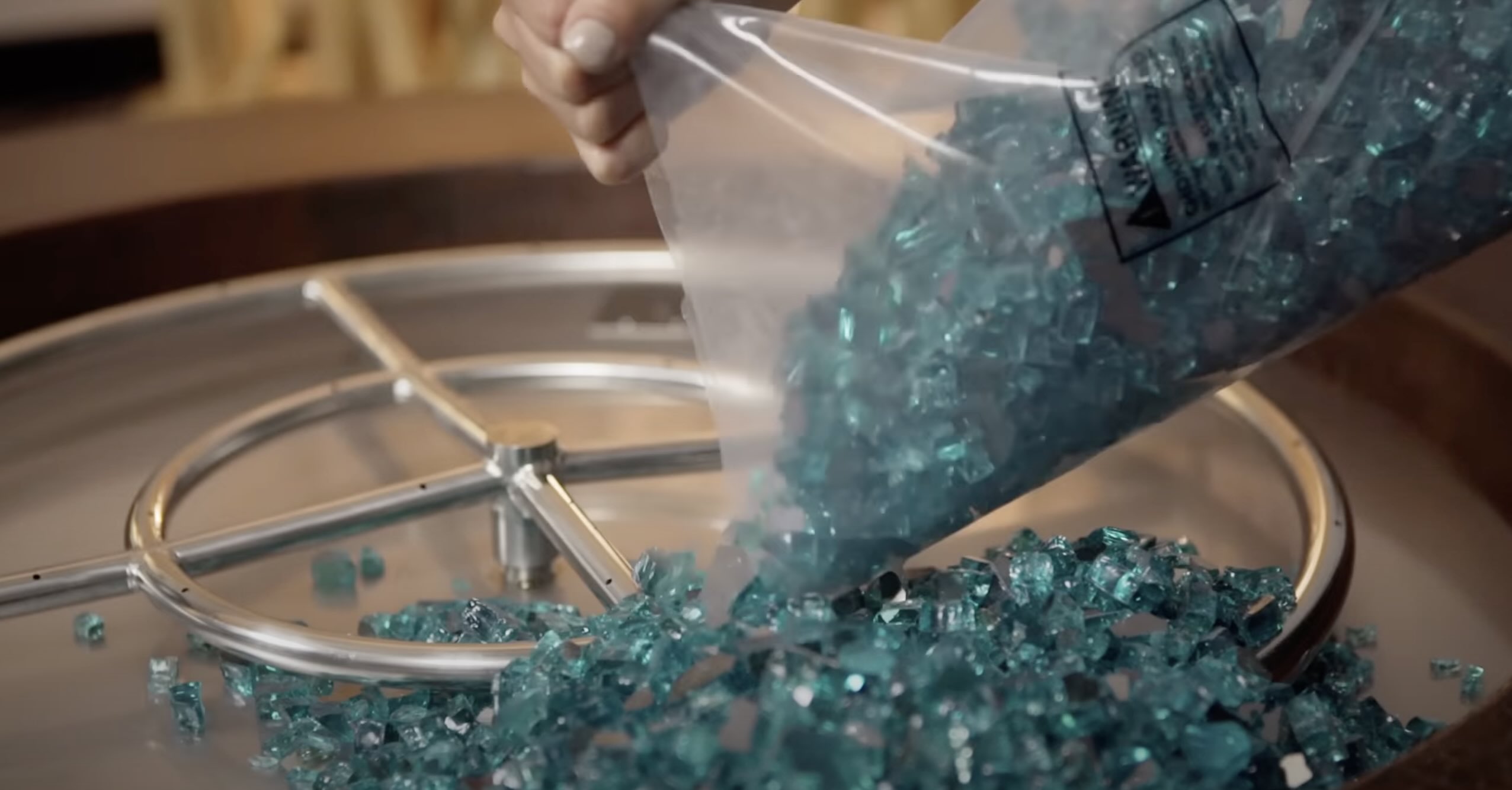
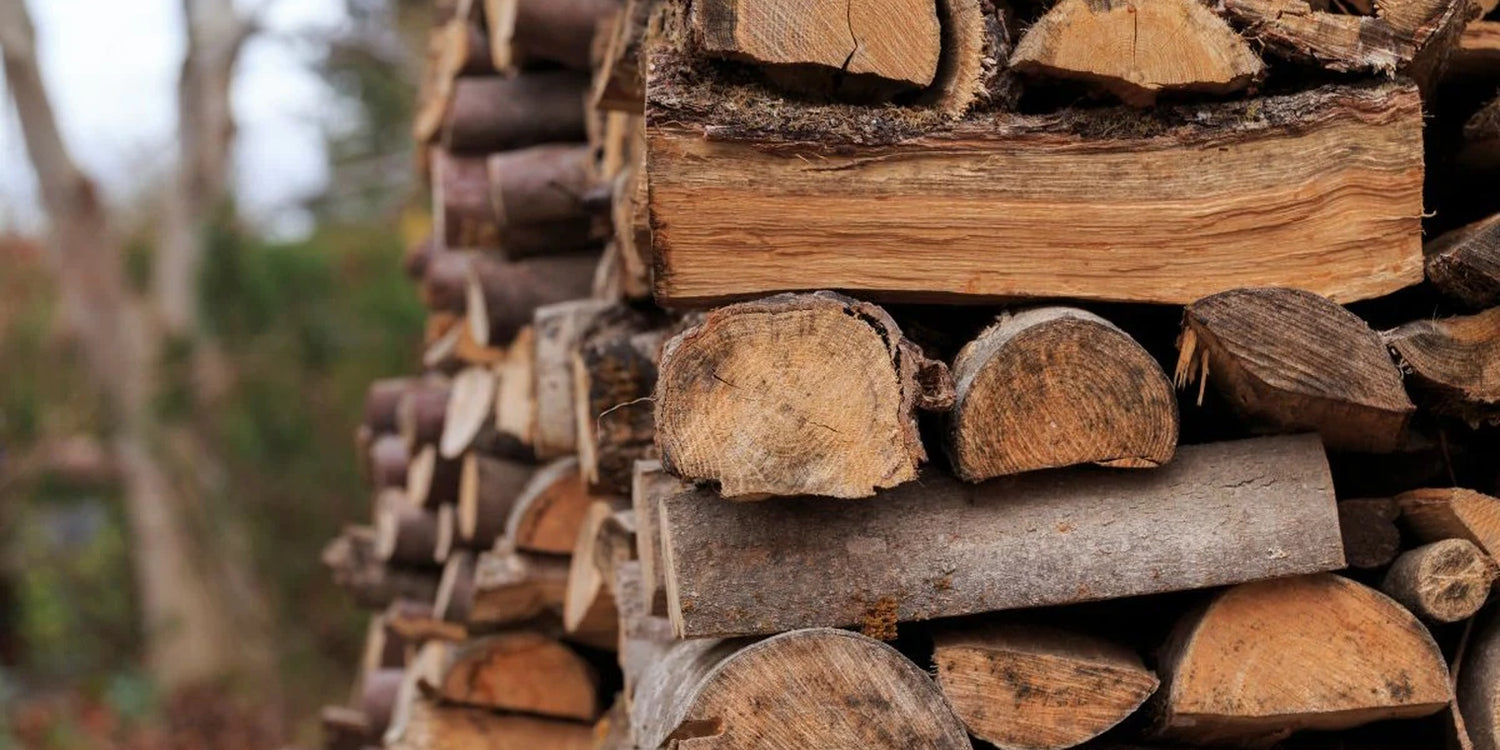
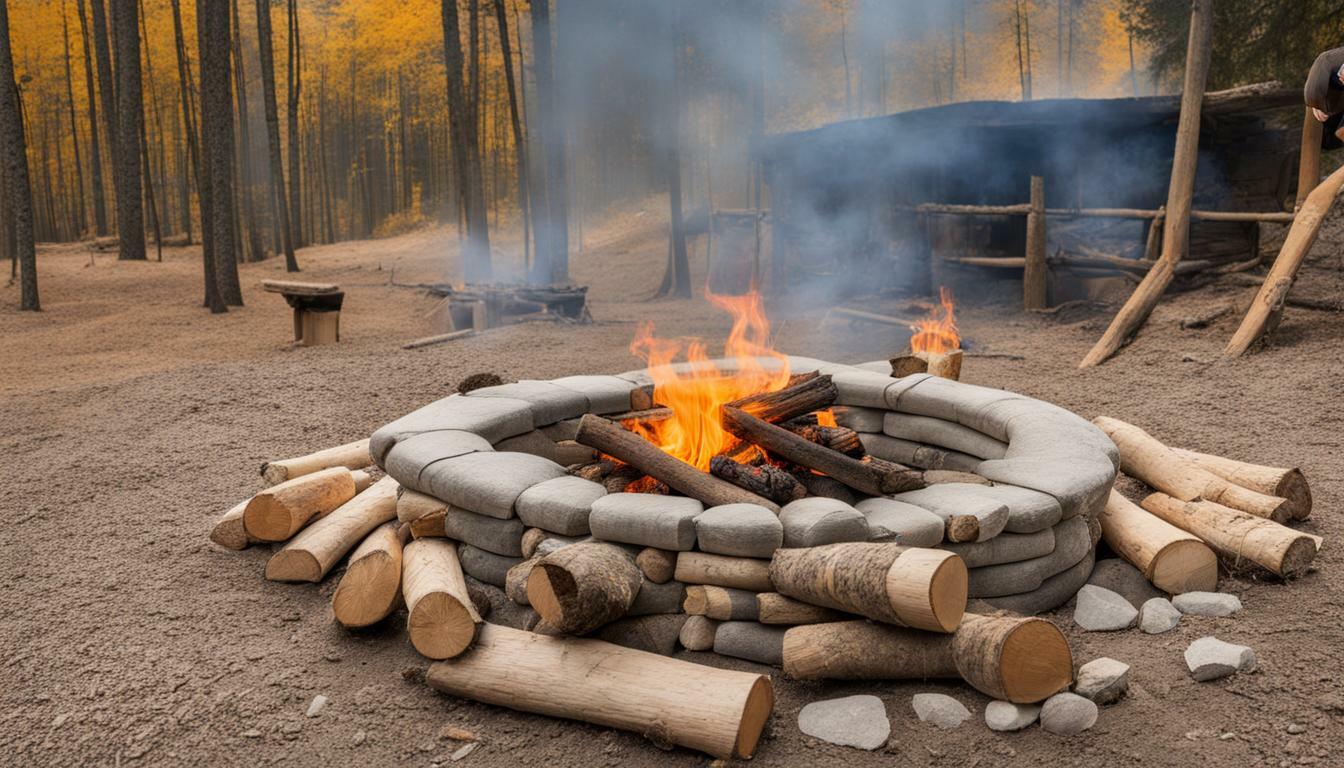

0 thoughts on “What Wood To Use For Fire Pit”